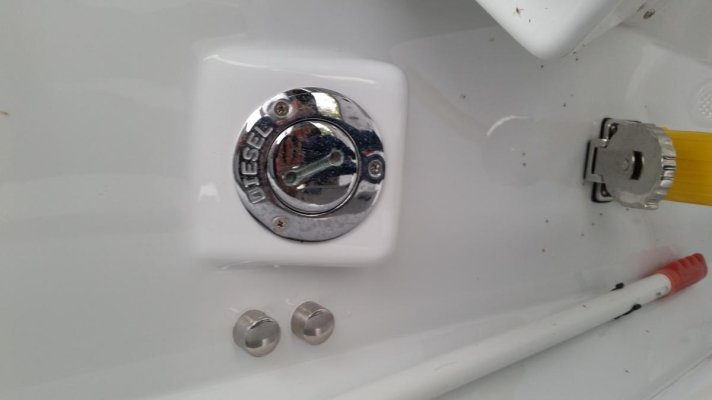sdowney717
Guru
- Joined
- Jan 26, 2016
- Messages
- 2,264
- Location
- United States
- Vessel Name
- Old Glory
- Vessel Make
- 1970 Egg Harbor 37 extended salon model
All the new gasoline fuel fills direct the vent back to the fuel fill as a way of stopping fuel from going into the water.
Other thing, how about normally sealed fuel caps with vapor and pressure relief, similar to a car. The caps vent to the atmosphere on engine fuel demand and when the atmosphere pressure difference exceeds 1 PSI on pressure and less than .25 PSI on suction.
Other thing, how about normally sealed fuel caps with vapor and pressure relief, similar to a car. The caps vent to the atmosphere on engine fuel demand and when the atmosphere pressure difference exceeds 1 PSI on pressure and less than .25 PSI on suction.

 sound familiar.
sound familiar.



